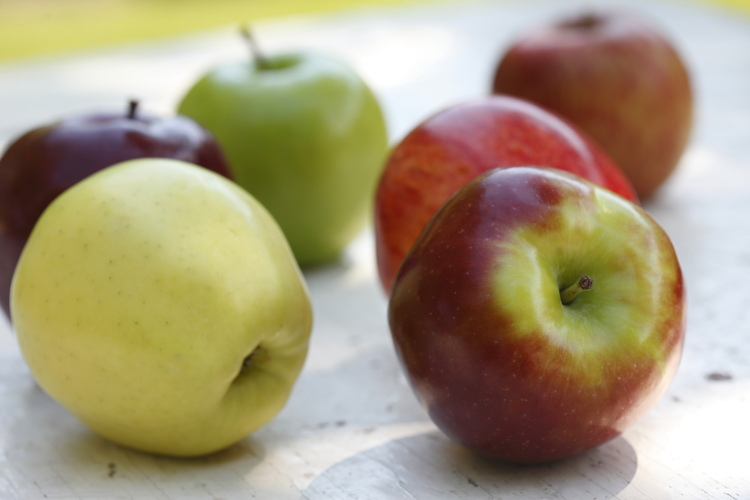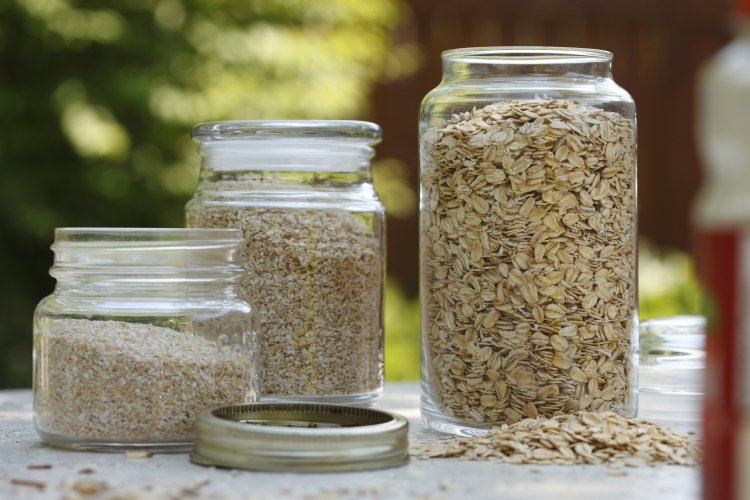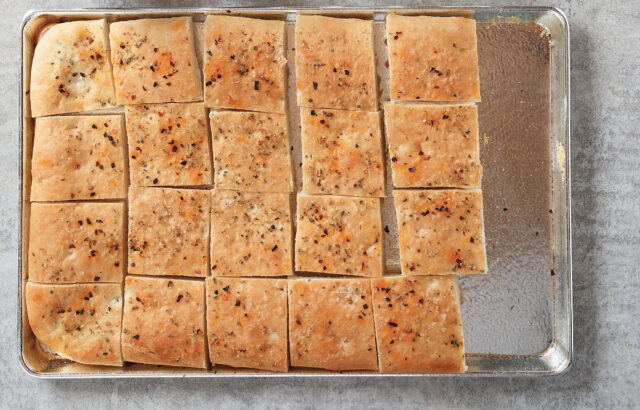March is Nutrition Month
March is nutrition month and what better way to kick it off than with a talk about portion size! In my experence this is where so many folks get off track. Did you know that a portion of pasta is 1/2 cup!?! Yes, only 1/2 cup. If you eat 2 cups of pasta at one meal then you just consumed 4 servings of grain products. Yes, four! Add that to your breakfast cereal or toast (1 slice of bread = 1 serving) and you didn’t leave room for that muffin at coffee break or a sandwich for lunch.
Our friends at the Ontario Home Economists Association with Mairlyn Smith, PHEc just shared the following article about portion size and yes, size really does matter. Read on to find out more!
Size Matters – Serious talk about food servings
by Mairlyn Smith, PHEc
Maybe it’s because our plates are getting bigger. Maybe it’s because we are inundated with food images on TV. Sadly, maybe it’s because mandatory Home Economics classes have gone the way of the dinosaur. Whatever the reason, the bottom-line is – our portion sizes are getting bigger and so are our personal bottom-lines.
Research supports that as Canadians have gained weight, the health of our nation has suffered. Heart disease and Type II diabetes have had a huge upswing, matching the upswing on our bathroom scales. There is no simple answer. However, there is a resounding plea from Canadian healthcare practitioners to control the mindless quantities of food we pile onto our dinner plates.
Before you add another cup of pasta to your plate know that size really does matter – especially portion size.
What does one serving of pasta really look like? You might be shocked because it’s a measly 125 mL (½ cup). When was the last time you ate as little as 125 mL (½ cup) of pasta and called it a day?
Check out how serving sizes are defined by Canada’s Food Guide:
Vegetables and Fruit

- 125 mL (½ cup) fresh, frozen or canned vegetables or fruit or 100% fruit or vegetable juice
- 250 mL (1 cup) leafy raw vegetables (like spinach, arugula, mixed salad)
- 125 mL (½ cup) cooked leafy vegetables (like spinach, kale, bok choy)
- 1 medium sized fruit; (such as a medium apple or orange)
- ¼ cup (60 mL) dried fruit (like dried cranberries). Choose unsweetened when available.
Grain Products

- 1 slice (35 g) bread or ½ bagel (45 g)
- ½ pita (35 g) or ½ tortilla (35 g)
- 125 mL (½ cup) cooked rice, pasta, couscous, quinoa, bulgur
- 30 g cold cereal (see measurement size on cereal box) or 175 mL (¾ cup) hot cereal
Milk and Alternatives

- 250 mL (1 cup) milk
- 250 mL (1 cup) fortified soy beverage, shake well before pouring
- 175 g (¾ cup) yogurt
- 50 g (1 ½ oz.) cheese
- 125 mL (½ cup) evaporated milk
- 175 g (¾ cup) Kefir
Meat and Alternatives

- 75 g (2 ½ oz.) or 125 mL (½ cup) cooked fish, shellfish, poultry or lean meat
- 175 mL (¾ cup) cooked beans
- 2 eggs
- 30 mL (2 Tbsp) peanut butter
- 60 mL (¼ cup) shelled nuts
- 150 g or 175 mL (¾ cup) tofu
Tips to Help You Make Wise Portion Choices:
– Measure to help adjust your thinking. Use a dry measuring cup for solid foods and a liquid glass measuring cup for milk, Kefir, or juice;
– Use a weighing scale – see firsthand what 75 g (2 ½ oz) of chicken looks like. It’s shocking if you have been eating a 250 g (8 oz) serving (enough for 3 people);
– Use smaller plates! We eat with our eyes first. If the plate appears full, we are fooled to think we are eating more;
– Order small or appetizer portions in restaurants and fill up on tossed salad. Ask for dressing on the side, use sparingly;
– Do not assume serving sizes indicated on Nutrition Facts Tables are equivalent to serving sizes defined byCanada’s Food Guide. Keep this list handy to keep serving sizes in check.
– To learn more about how much food you (based on age, sex and activity level) should be eating every day click on this Health Canada site.
– Check more vegetable and fruit servings examples here.
 Mairlyn Smith, P.H.Ec., is a Toronto-based Professional Home Economist, cookbook author, highly sought-after speaker and TV personality. She is a member of the Ontario Home Economics Association, a self-regulated body of Professional Home Economists that promotes high professional standards among its members so that they may assist families and individuals to achieve and maintain a desirable quality of life.
Mairlyn Smith, P.H.Ec., is a Toronto-based Professional Home Economist, cookbook author, highly sought-after speaker and TV personality. She is a member of the Ontario Home Economics Association, a self-regulated body of Professional Home Economists that promotes high professional standards among its members so that they may assist families and individuals to achieve and maintain a desirable quality of life.





